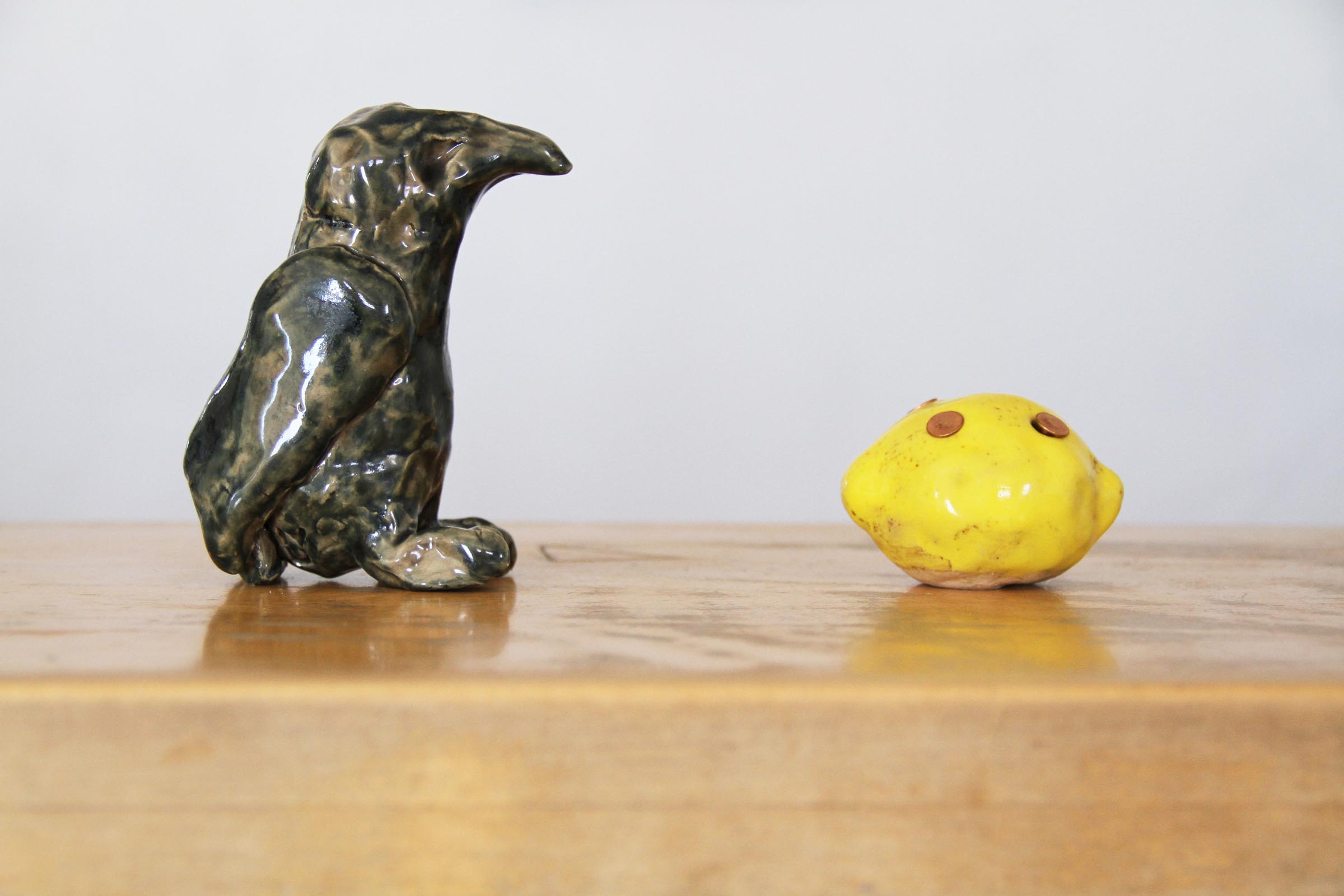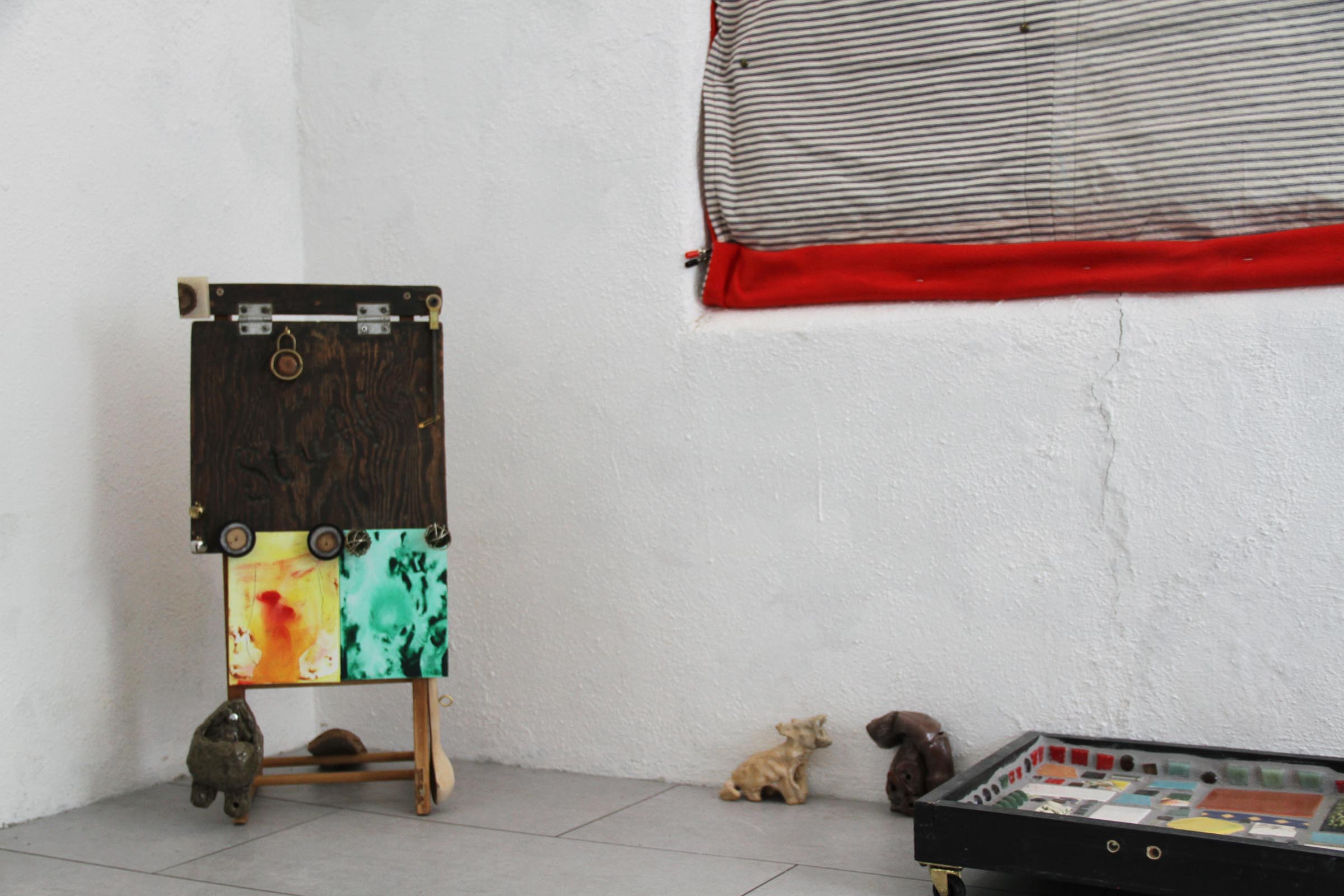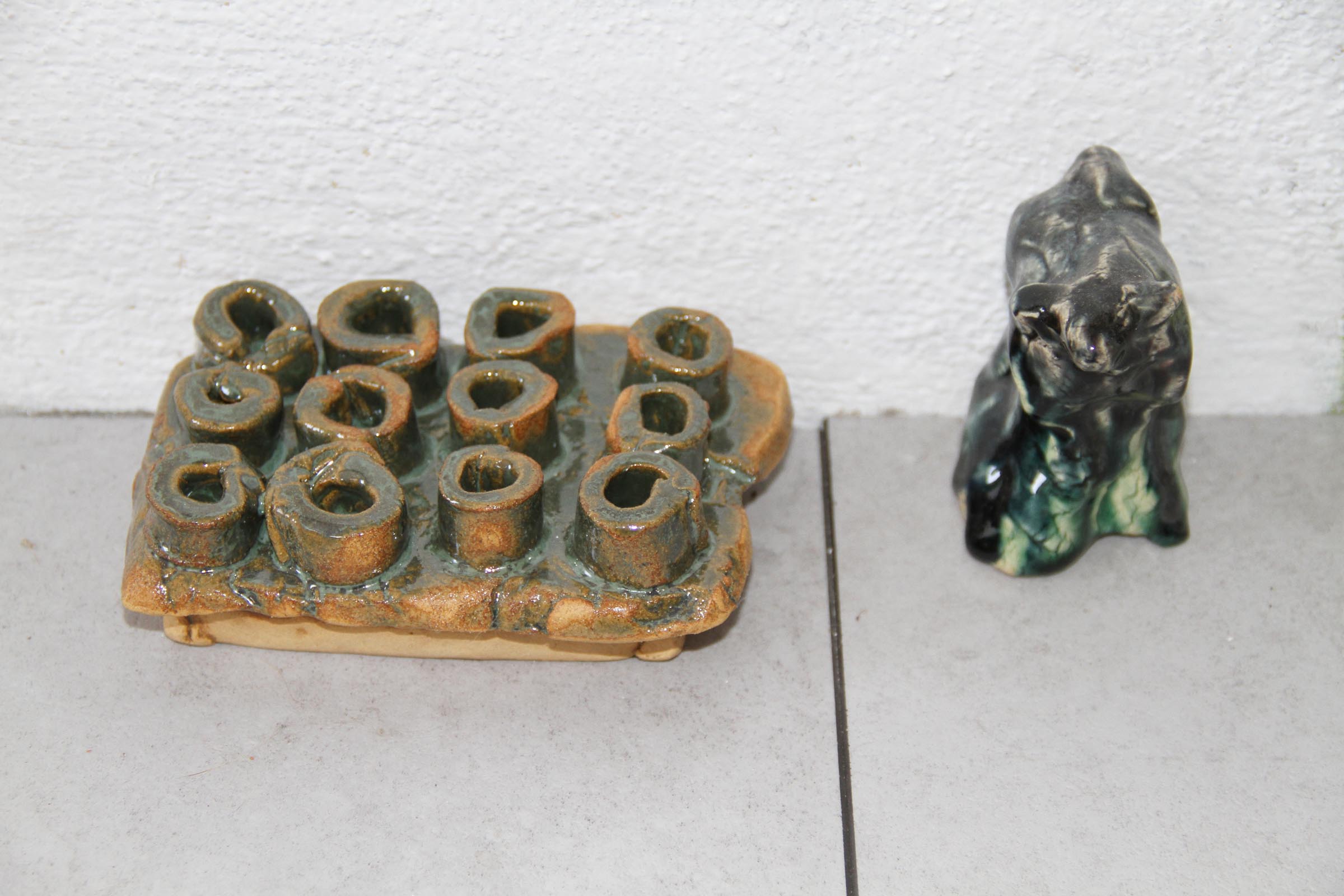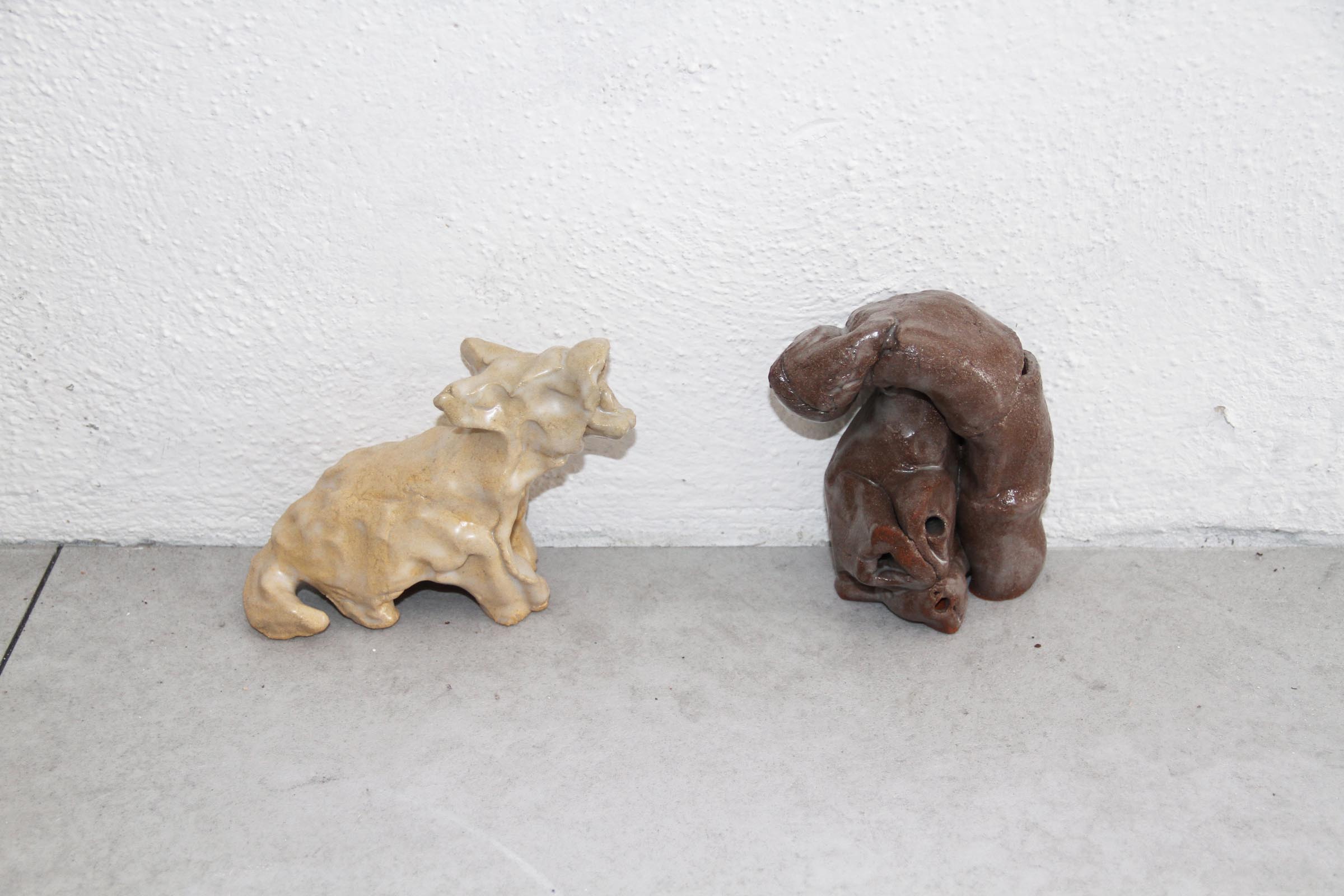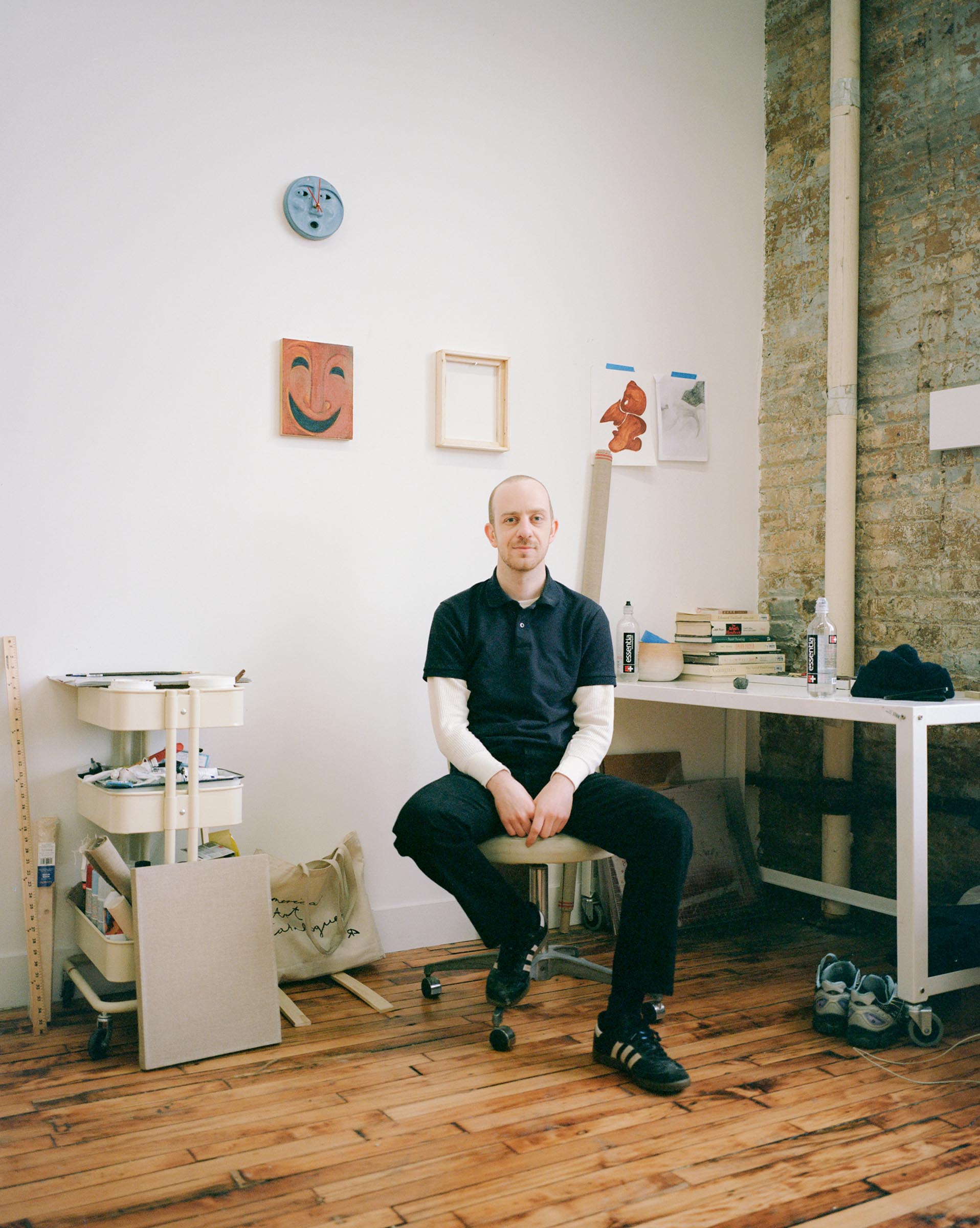How did you get into making art?
I grew up semi rural in Spain and the USA. In many places my family lived, music and art were companions. I passed time by drawing, frequently figurative or nature scenes and played instruments: flute, guitar and drums, learning and un-learning notes. I think living at the edges of cities and between countries and cultures gave me a real sense of larger ideas of dispersal and connection, in grander philosophical ways. Wandering by myself through fields and collecting things, thinking about images, relationships and the solidity of objects – I was both solitary and interested in how humans connect. A little king made of raw clay dug from my backyard, and a portrait of a witch I gave a particularly cruel teacher as a gift are the two first artworks I recall making.
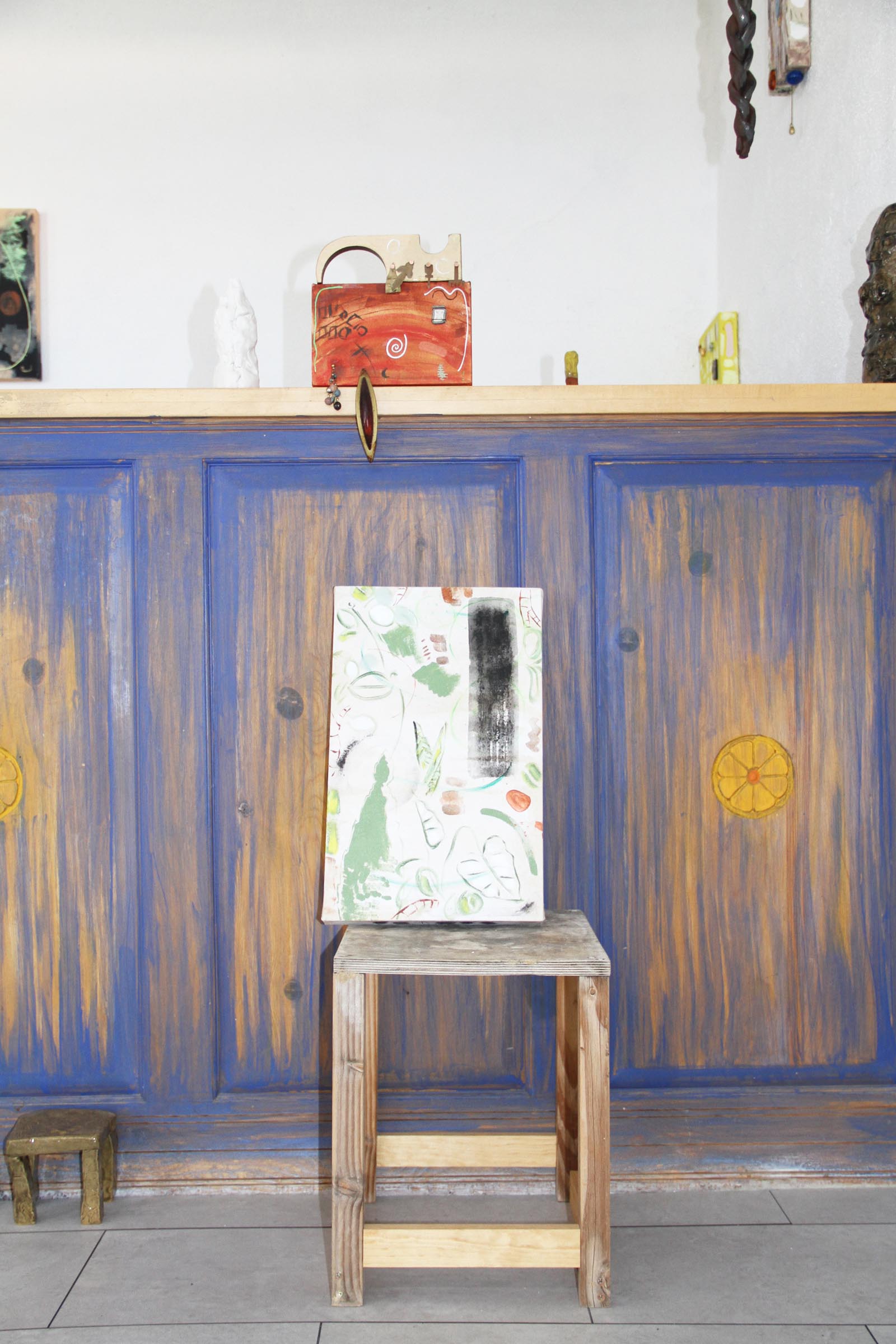
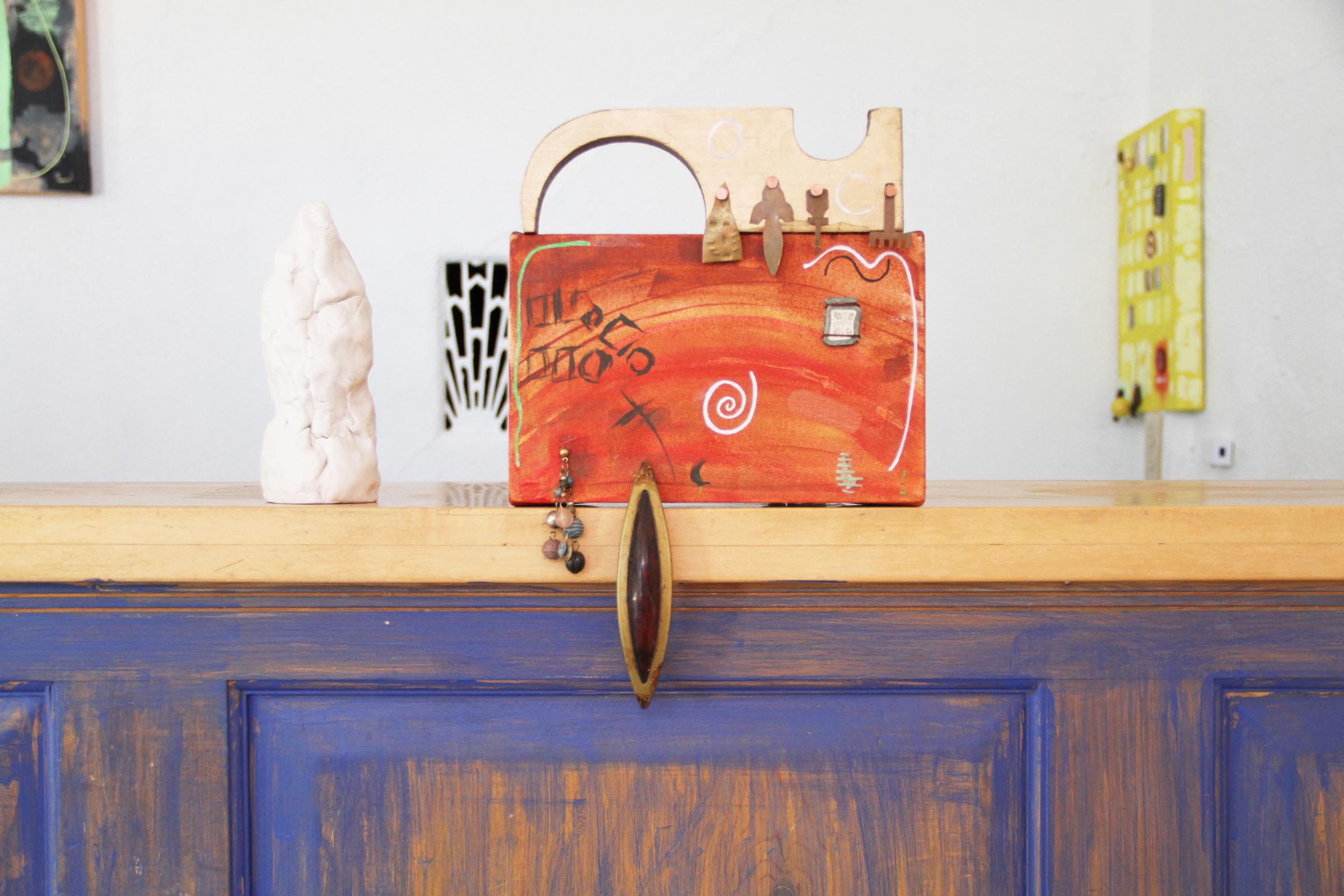

What are you currently working on?
A pair of apple portraits in ceramic with carvings on the surface, a slightly off pair, one being slightly representational, the other semi abstract or vague. The apple sculptures are based on a story my father told me about living in a refugee relocation camp, foraging apples and dandelion greens. I’m also stretching a canvas for a painting of crickets and grasshoppers, creatures I encountered en masse this year. For me, living with them has challenged ideas of how insects are seen as invasive, or misunderstood. But they can also be companions, beneficial to ecosystems. There is a drawer full of things collected that will eventually be encased in eco resin, something I do about once or twice a year. During the fall, I’ll be finishing up a collection of poems called Book of Omens, sifting through the relationship my family had/(s) to land, animism, materials, ruptured relationships to folklore, and the parts of all those things that seeped through layers of erasure into my craft practices, and nearing the second recording stage for two albums with my collaborator Gretchen Korsmo, centered around spaces we’ve lived in/built/repaired, flute and percussion sounds. I’m also hoping during the winter to set up a metal working space, I have a backlog of ideas for metal pieces that I see as sculptures, jewelry, and sound making implements.


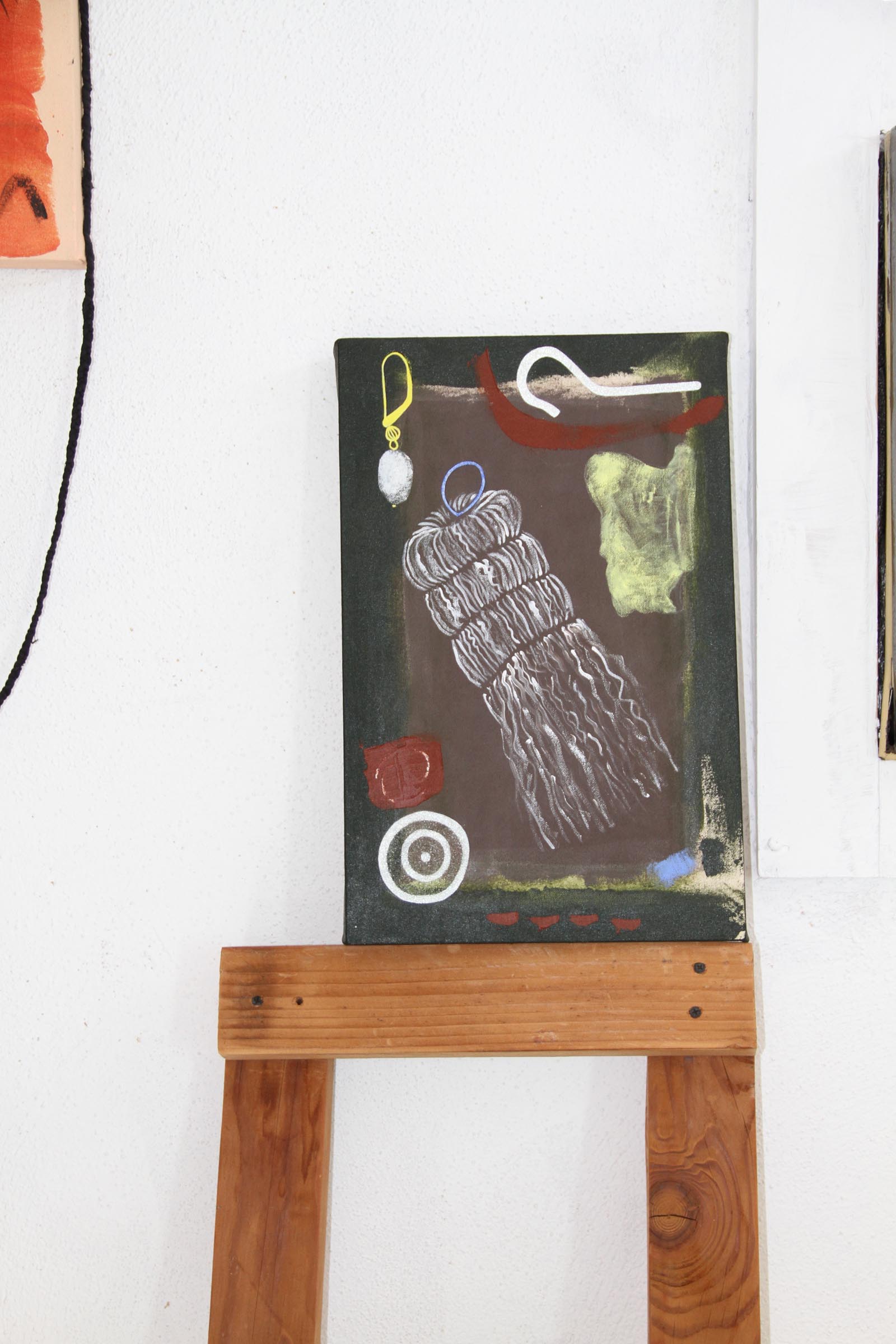
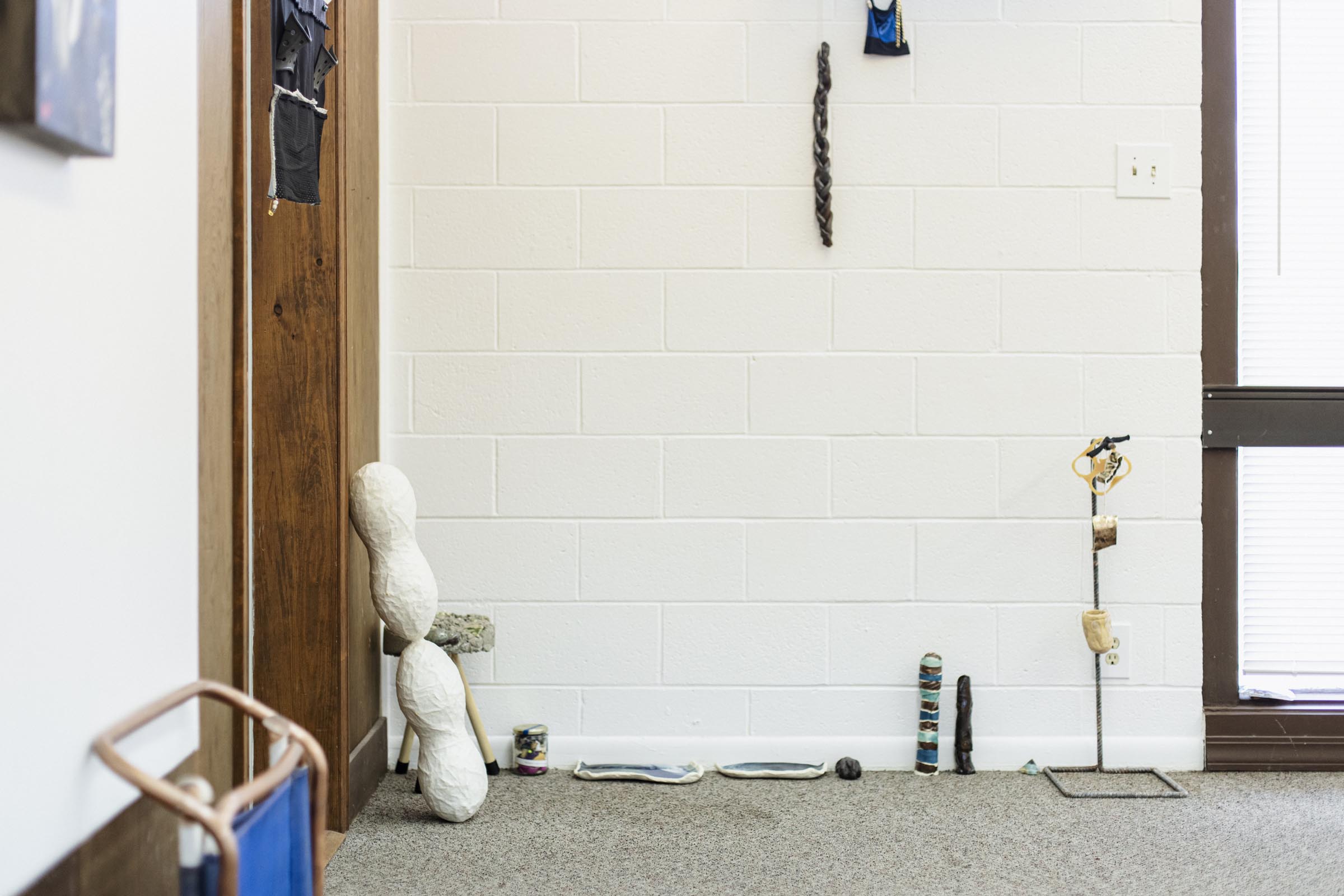
I wanted to try and flatten the distance between craft and the conceptual.
Catherine Czacki
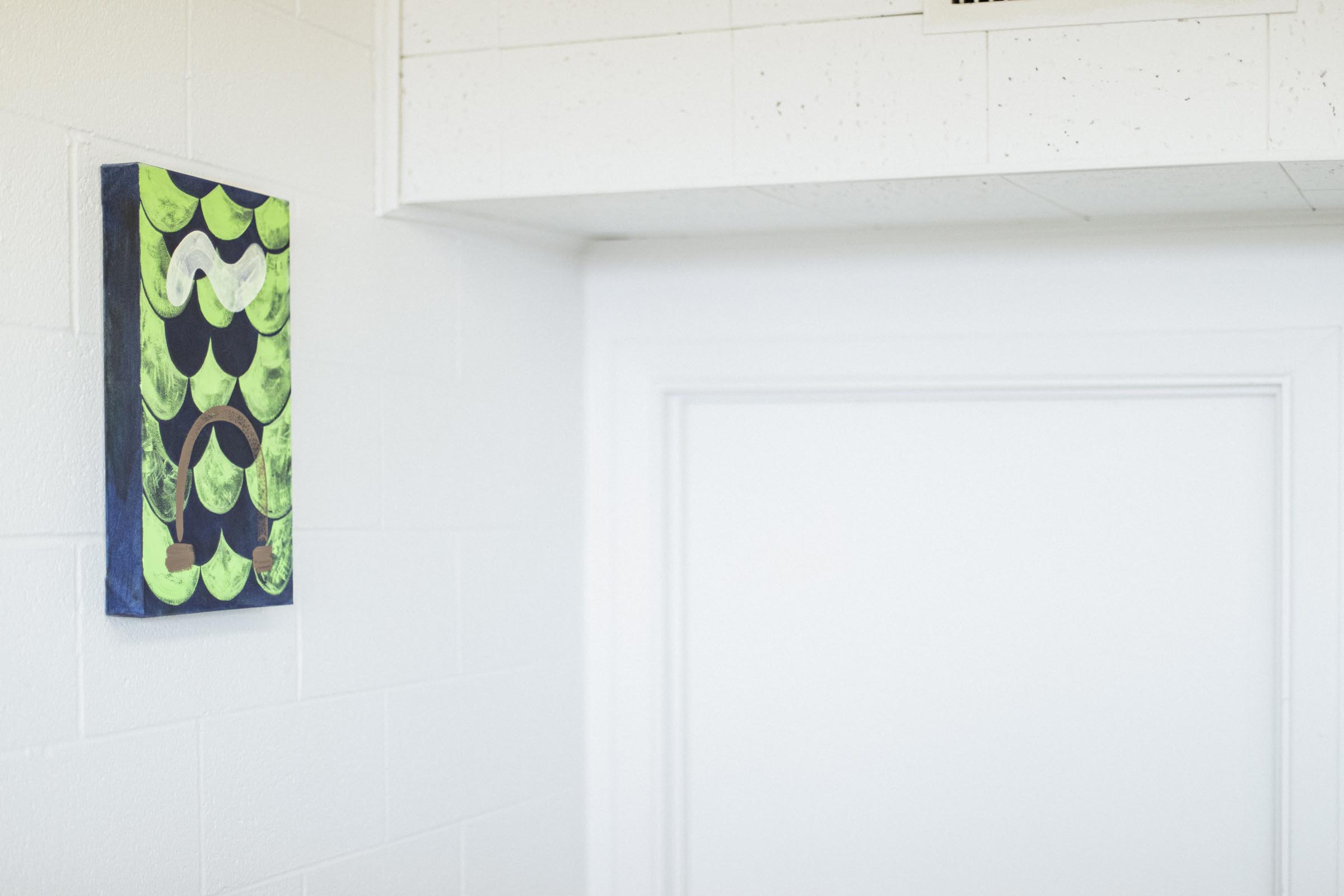
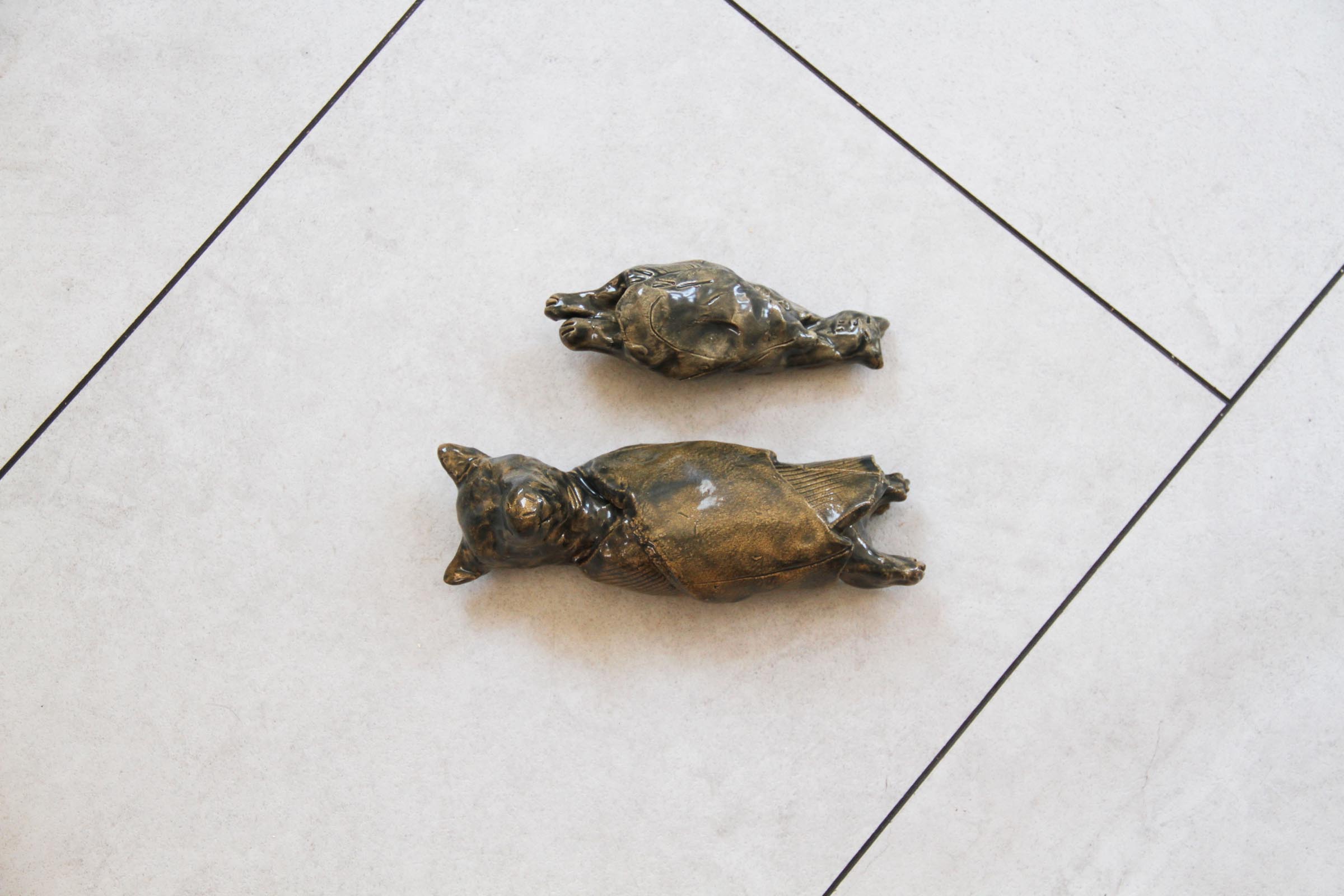
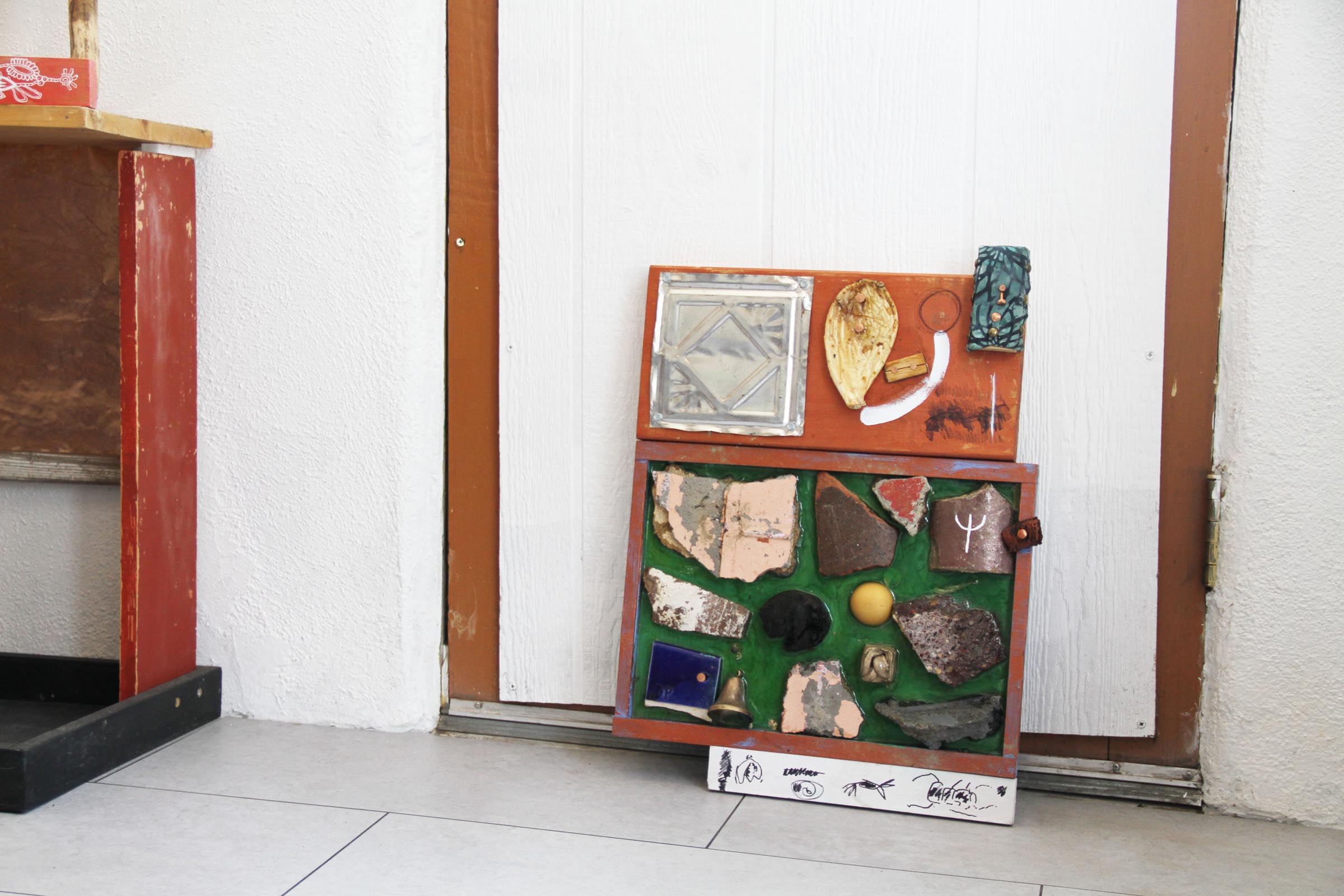
What inspired you to get started on this body of work?
In recent years, when I really allowed myself to do the work I want, the practice has not been separated into distinct bodies, but consists of proliferating, changing, and ongoing collections. Accumulative material practices including metalwork, ceramics, painting, found objects, sewing, paper mache, poems and sound. The objects continue, and at certain points I have the opportunity to arrange them in space for an audience. I usually then edit down the elements, and figure out if there was a theme over that time, there usually is one that emerges organically. What I think of as resonances. I am currently doing both abstract and more clearly designated portraits of animals, plants, fruits, most I know in some intimate sense. I love the tension between what can and cannot be identified in the so-called natural world. I think my work is a sort of radical taxonomy that refuses total comprehension. For me this can be a form of de-hierarchization, seeing things and beings beyond the various ways we as humans try to categorize and define.

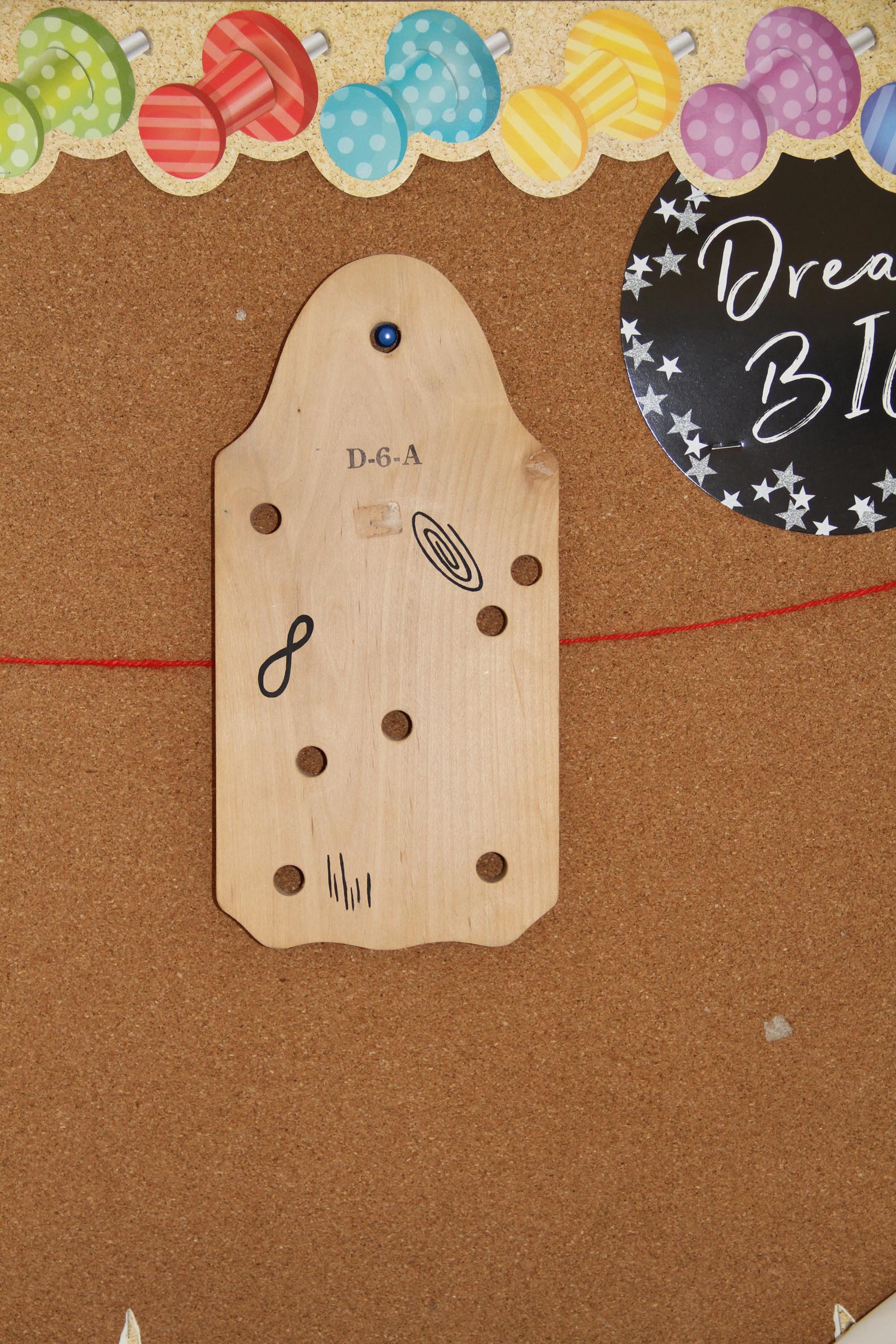
Do you work on distinct projects or do you take a broader approach to your practice?
Recently I encountered a quote in a book of Folk Tales, where a wolf says: “I am the white wolf, I am a master of 70 crafts and can assume 70 images.”
I found this statement comforting, as almost a summary of something I have felt and not been able to succinctly describe about my work being broad rather than distinct. I also realized after being a painting major, then switching to New Genres, and later within an art history hybrid art practice PhD, that there was this dichotomy between the ideas of conceptual art and craft that are quite huge, art history canon huge, and I wanted to try and flatten the distance between craft and the conceptual. My work is institutional critique, and also craft. I find theory and language interesting, but also limiting and potentially restraining. A doodle can be important too, a note passed between friends, a small object of sentiment carried, held, moved, stored and revisited. There is so much human hubris around language and understanding, sometimes in explanation languages fail to reach the incredible aspects of material, things, of creatures. I use intellectual research and embodied skills, but I don’t see them as opposing, instead they are fascinating in different ways. I don’t stay in one medium, I work in whatever flows for the project, with the facilities and materials I have access to, what has a particular vibration in time. The objects and images then expand in a universe of my making. Much of my work is also in the display, how I arrange these various components. Like improvising sound, music.
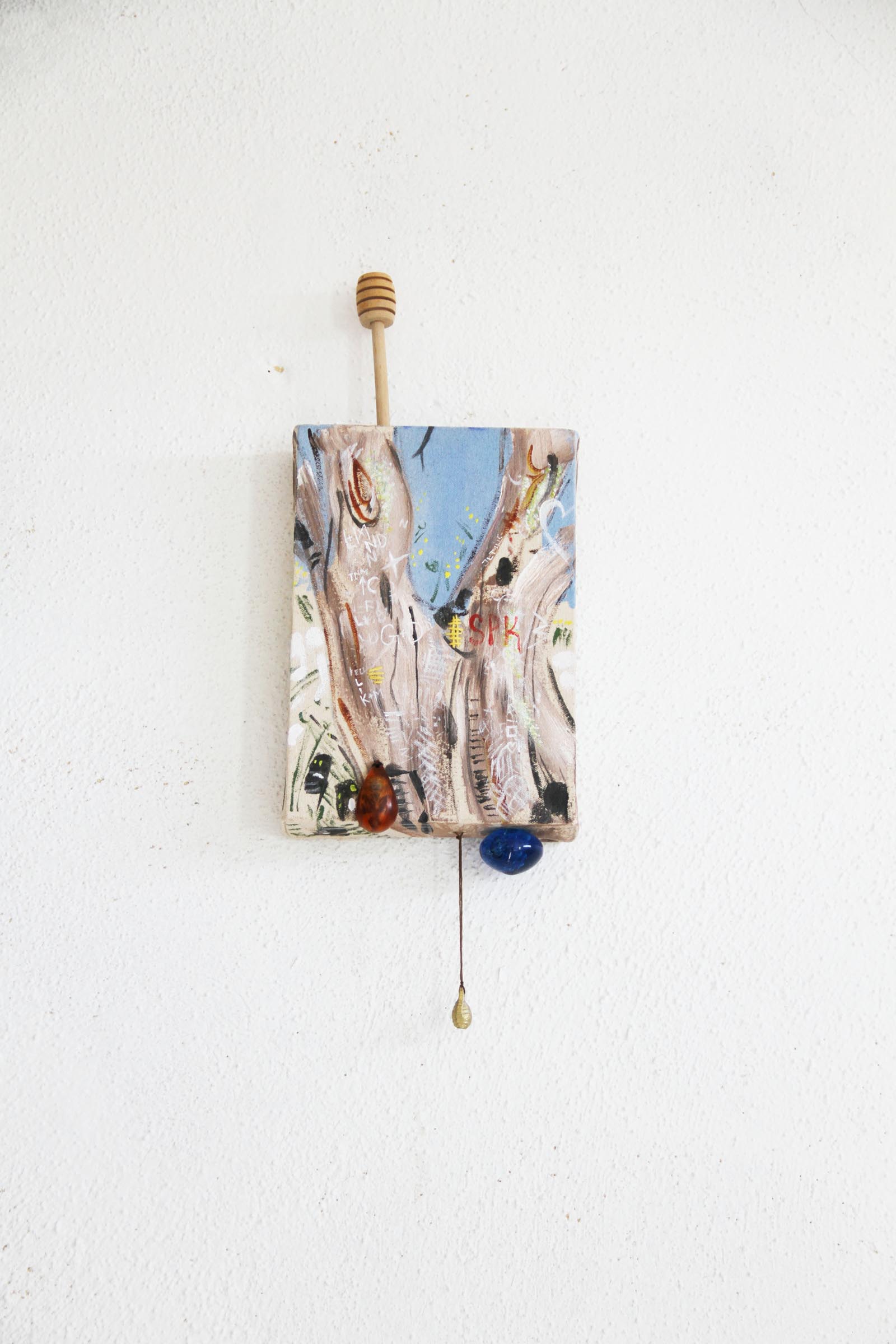
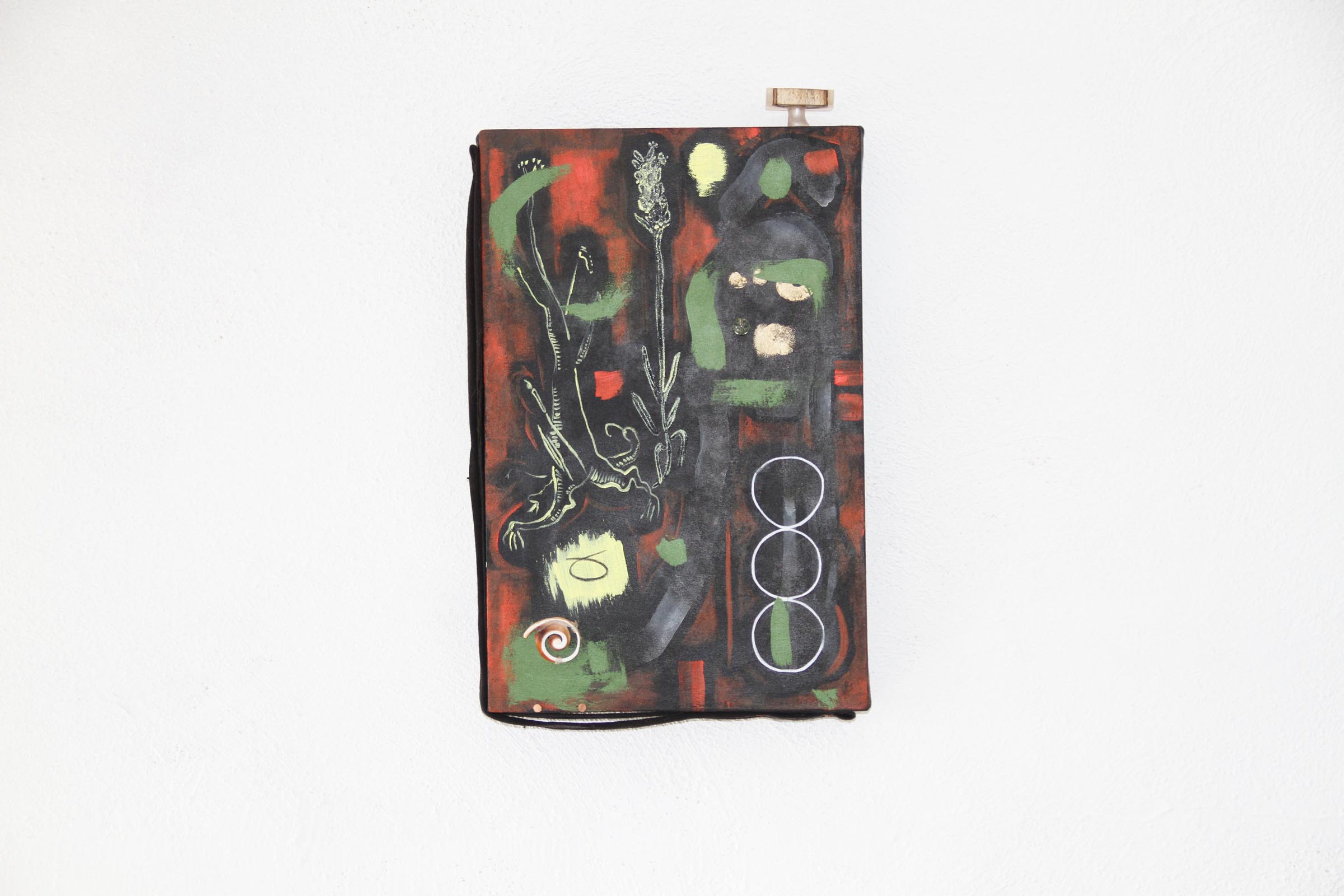


What’s a typical day like in your studio?
In the most basic way, my work comes from a reaction to something encountered. A meditation, an image, a book, a poem, a social moment, what I’m doing for a day job, gardening, cooking. Just life. I collect ideas in notebooks, then implement them on a dedicated day or evening. Maybe I find some materials or things I’d like to cast in concrete or eco resin, I have an interaction with another species of plant or animal that leads to a drawing or straight to painting, I read about something interesting that gives me a visual, I hear a story from a friend that should be a poem, image or object. I also sometimes collect my weekly words into gatherings, notes into poems. I think and work in constellations, or even prisms. I switch between representation and abstraction, hoping to dissolve hierarchies between those poles. I could be making a clay portrait of family former bat house companions (Staszu/Wadzu), or I could be walking or resting and think a set of colors I’d like to somehow combine into a painting. A few years ago, I found a bag of acrylic paint by the side of the road, right around when I was considering making paintings again. It felt so synchronous I let the bag dictate the palette I used for awhile. Life is an unfolding, I try to follow that unfolding as a way of working. Even when a project, a home, a situation fails – which can be distressing, as change frequently is – I try to see how it can also be visually, conceptually exciting. In life, and art, I try to keep showing up for it, whatever it is, and humbling myself to the idiosyncratic tendencies that lead me down so many paths, having curiosity to how we all work on this plane, what it means to manipulate materials and ideas in very physical but also metaphysical terms. I also work with found objects, which sometimes are attached to each other, paper mache encased, mixed with eco resin, or influence the representational aspects of the practice. I see all the materials as having a potential cosmic resonance, quite literally when working with metal I’m thinking about sonic and conductive properties, but also how we use materials to represent or adorn. With ceramics there’s also that metal, earth, cosmos, back to solid form connection. Returning to the constellation, the objects move and proliferate, the expanding universe.
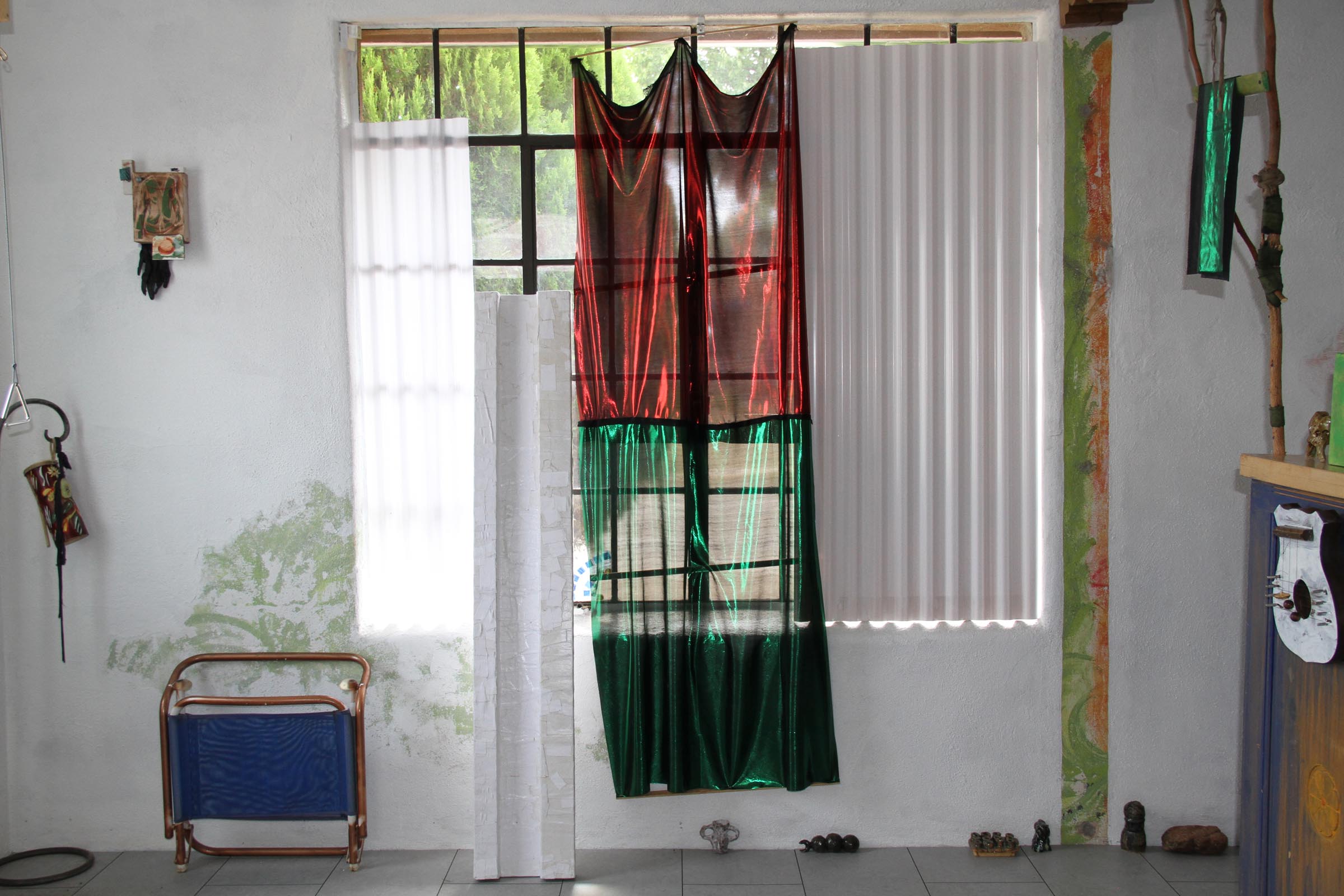
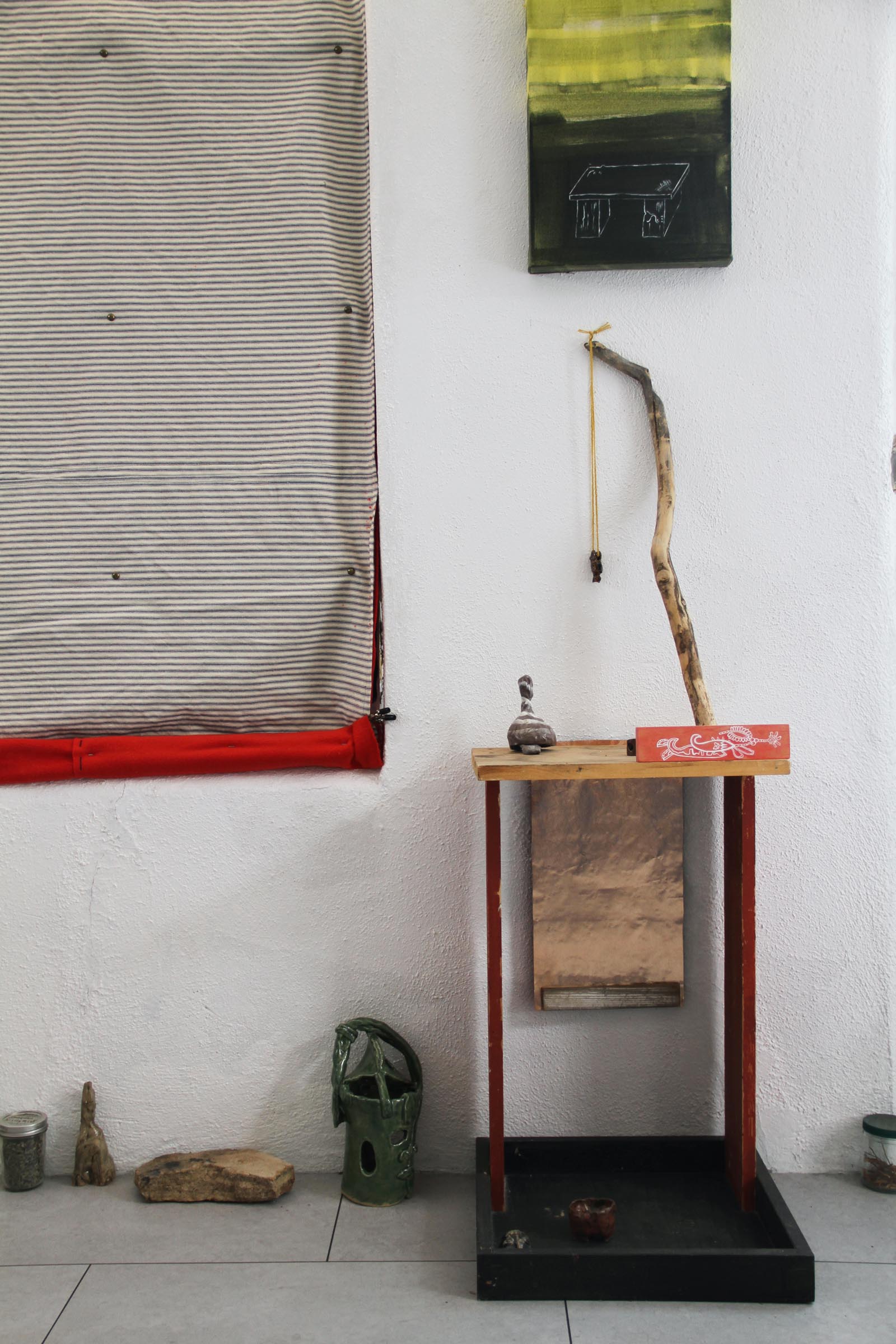
Who are your favorite artists?
It’s hard to make a short list, I have so many. Here are some I’ve been newly thinking about or revisiting: Paulus Berensohn, Jim McDowell, Suzanne Herrera Li Puma, Beverly Buchanan, Chardin, Hilma af Klint, Meret Oppenheim, Noah Purifoy, Cezanne, Cecilia Vicuña, Angie Jennings, Ellen Siebers, Adina Andrus
Where do you go to discover new artists?
Recommendations from friends, museums, libraries, Instagram, Artforum or other such magazines, travels in places I live, really anywhere I am in physical space or digital. As a teacher, I frequently encounter cool artists outside exhibition settings, see them start to implement ideas in a classroom.
Learn more about the artist by visiting the following links:



















